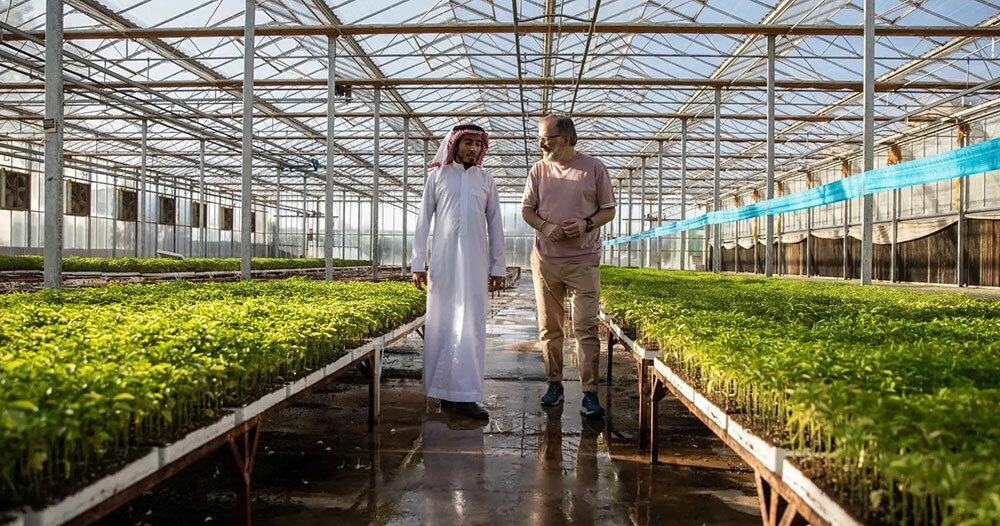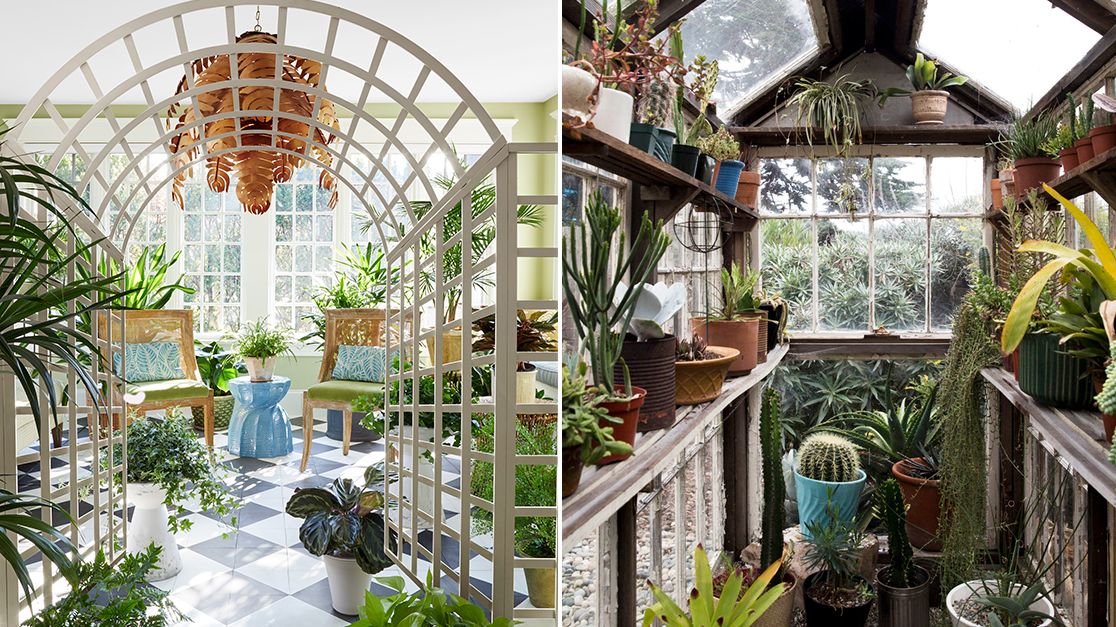Greenhouse Design: Developing an Eco-Friendly Expanding Room
Are you curious about producing an eco-friendly growing room? Discover exactly how to create a greenhouse that makes best use of all-natural light, preserves water, and integrates renewable resource resources. By choosing sustainable products and executing energy-efficient home heating and cooling systems, you can produce a greenhouse that is both eco conscious and efficient. Discover the crucial components of greenhouse design that will certainly aid you create a growing and sustainable growing area.
Choosing Sustainable Materials
When designing your environment-friendly greenhouse, focus on sustainability by meticulously selecting materials that are environmentally-friendly and promote energy efficiency. One of the most essential aspects of developing an environment-friendly greenhouse is selecting sustainable materials. By selecting materials that have a minimal influence on the atmosphere, you can minimize your carbon impact and add to a more sustainable future.
Start by considering the products used for the structure of your greenhouse. Look for alternatives such as sustainably collected timber or recycled materials. These choices not only decrease the demand for brand-new sources however likewise avoid waste from ending up in land fills. Furthermore, consider using products that have a high thermal mass, such as stone or concrete, as they can help manage the temperature level inside the greenhouse, decreasing the need for extreme home heating or air conditioning.
One more important variable to think about is the glazing material for your greenhouse. Pick products that offer exceptional insulation residential or commercial properties, such as dual- or triple-pane glass or polycarbonate panels. These materials can aid trap warmth inside the greenhouse, decreasing the quantity of energy required for home heating throughout colder months.
In addition, when selecting products for the inside of your greenhouse, choose for lasting options such as bamboo or redeemed timber for shelving and benches. These materials are not just resilient however also promote the liable use resources.
Making The Most Of All-natural Light
To optimize all-natural light in your environmentally friendly greenhouse, focus on the strategic placement of skylights and windows to enhance sunshine direct exposure throughout the day. This is an important variable in creating a suitable growing setting for your plants. When selecting the placement of windows, take into consideration the course of the sunlight throughout the day and how it will impact the various locations of your greenhouse. South-facing home windows will receive the most sunlight, while east-facing windows will catch the early morning sunlight and west-facing home windows will certainly obtain the mid-day sunlight. By purposefully placing windows on these sides, you can guarantee a regular and also circulation of sunshine throughout the day.
Skylights are an additional effective means to make the most of natural light. They allow sunshine to go into from above, providing an extra resource of light for your plants. When installing skylights, consider their dimension and placement. Larger skylights will permit extra light to get in, however make sure they are not also big that they cause extreme warm or glare. Placement them in locations where they can offer direct sunshine to your plants without casting shadows on other locations.
Carrying Out Energy-Efficient Heating and Air Conditioning Solutions
To better improve the power efficiency of your eco-friendly greenhouse, think about implementing energy-efficient home heating and cooling systems. These systems play a crucial role in preserving ideal temperature level and humidity resource degrees for your plants, while lessening power usage and lowering your greenhouse's carbon footprint.

This allows for the exchange of fresh air and aids manage the temperature level inside the greenhouse. These systems utilize less energy contrasted to typical air conditioning devices and can properly lower the temperature level inside the greenhouse.
Water Preservation Strategies
To additionally enhance the energy performance of your green greenhouse and continue decreasing its environmental influence, it is very important to carry out effective water my response preservation methods. Water is a precious source, and with the appropriate techniques, you can reduce your greenhouse's water intake while still supplying optimal problems for your plants.
One way to preserve water is by using a drip watering system. Additionally, mounting a rainwater harvesting system can assist save and catch rain for later use in your greenhouse.
An additional technique is to mulch your plants. Including a layer of organic material around the base of your plants assists retain wetness in the dirt, decreasing the demand for constant watering. Additionally, take into consideration using a water-efficient potting mix that maintains dampness while still offering appropriate water drainage.
Lastly, check your greenhouse's water usage regularly. By tracking just how much water you are making use of, you can identify areas for enhancement and make needed adjustments.
Incorporating Renewable Energy Sources

Verdict
In conclusion, by carrying out sustainable products, optimizing natural light, using energy-efficient heating and cooling systems, exercising water preservation strategies, and incorporating renewable resource resources, you can develop an eco-friendly greenhouse style. This will not just profit the setting but likewise advertise healthy and balanced and lasting plant development. Go ahead and make a favorable influence on the earth by designing an eco-friendly growing area.
When creating your eco-friendly greenhouse, focus on sustainability by meticulously picking products that are environmentally-friendly and advertise power effectiveness. These products can aid catch warmth inside the greenhouse, lowering the quantity of power needed for heating throughout cooler months.
These systems make use of much less power contrasted to standard air conditioning units and can efficiently lower the temperature level inside the greenhouse.
You can include renewable energy sources into your greenhouse design to make it a lot more lasting and eco-friendly.In verdict, by implementing sustainable products, maximizing natural light, using energy-efficient heating and cooling systems, exercising water preservation strategies, and including eco-friendly power resources, you can produce an environment-friendly greenhouse style.